post by Dr. Ryan Wartena The NuVu Crew has successfully embarked on a balanced charitable and social venture called NuVu GELI DONUTS to develop a sustainable business model, design a distributed renewable energy system platform and craft the Social Energy Network to connect the Energy Computers with communication rather than wires.
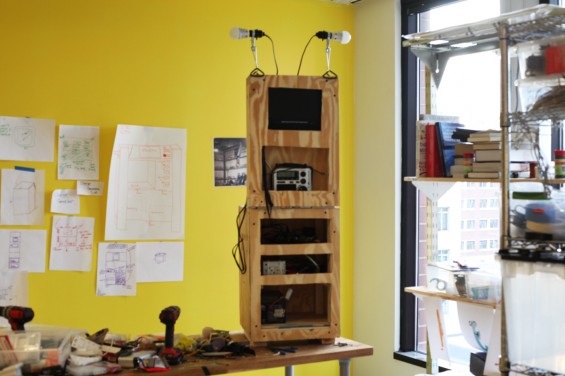
The NuVu GELI Crew named their project DONUTS: Development Organization for Networked Utility Transformation Systems. They have carefully right-sized all components of their Energy Computer platform from knowledge gathered by Leo Rossi from
20kwatts, a charitable organization from Los Angeles who raises funds for renewable energy systems for villages in remote areas through benefit concerts from Rock n Roll bands like Dishwalla.
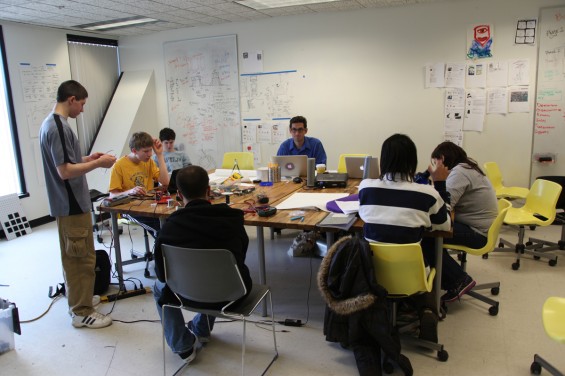
The NuVu GELI DONUTS Crew also took suggestions from Miguel Granier of
Invested Development who emphasized applying a business sustainable business model to the deployment of renewable energy systems in developing areas. The reasoning is the Energy Computers allow individuals to engage in business practices which bring them out of poverty. Applying a healthy and reasonable financing model to fund the Energy Computers allows a sustainable and renewable energy infrastructure to grow beyond the initial deployment. For Invested Development its all about follow up and assisting in the sustainable growth of renewable energy systems.

The NuVu GELI DONUTS Crew has developed a model to bridge the charitable and sustainable methods of deploying renewable energy systems by designing the Social Energy Network to provide communications between local systems and to the World. The software allows system health monitoring so systems are not abandoned if they start to degrade and provides a platform for education, small businesses and energy sharing/exchange. The DONUTS model allows initial systems (Phase 1) to be given charitably to provide basic living functions such as lighting, TV, radio and cell phone charging. The Phase 1 DONUTS systems can also be the initial framework for a small business such as cell phone charging and any business that can be operated by the Internet. Invested Development has observed once basic electrical necessities are delivered that the operators of the energy systems want more functionality to further bring them out of poverty. In the NuVu GELI DONUTS business model, the additional accessories and energy generating capacity can be financed progressively for a portion of the extra income generated by the systems.
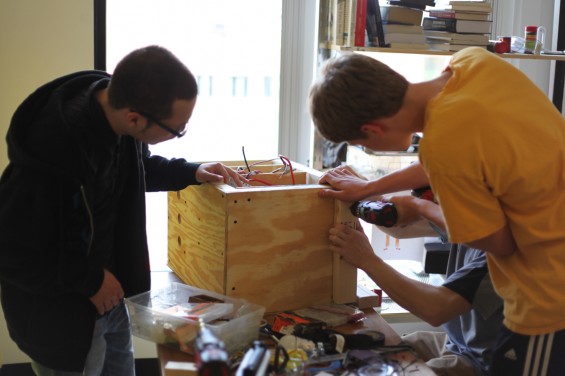
The nine students have gone through Energy Awareness training where they deeply came to understand the difference between electrical power, which is instantaneous, and electrical energy, which is power for a duration of time. They have compiled an Energy-Economic Energy Computer sizing tool that asks what a person wants to do (which defines the necessary power) and how long they want to do it (which defines the necessary energy and energy storage).
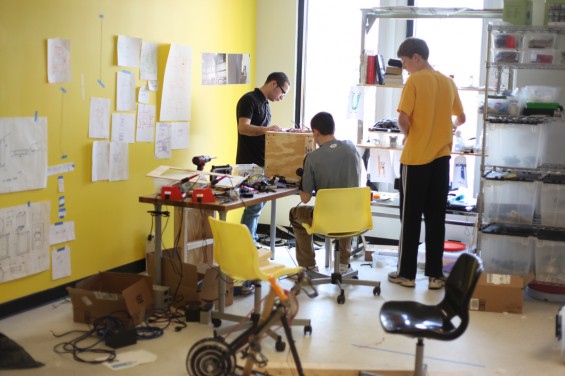
At the current moment the NuVu GELI DONUTS Crew are finishing up the construction of the initial Phase 1 Energy Computer system. They have assembled 12V solar panels from solar modules and have an economic analysis for each of the Phases of system deployment. The DONUTS Crew has determined the current material cost for 21 Phase 1 Systems for Cerro Segovia village in El Salvador $16,050.51. The NuVu GELI DONUTS Crew are be applying for a $10k Lemelson Award and talking to businesses including Apple, Google, FedEx, Amazon and Claro (El Slavadorian cell phone service providing 3G in the area) to support the development of new small businesses through the deployment of Energy Computer systems utilizing the Social Energy Network to empower individuals and lift them out of poverty with a balanced charitable and sustainable business model. Dr. Ryan Wartena April 21, 2011
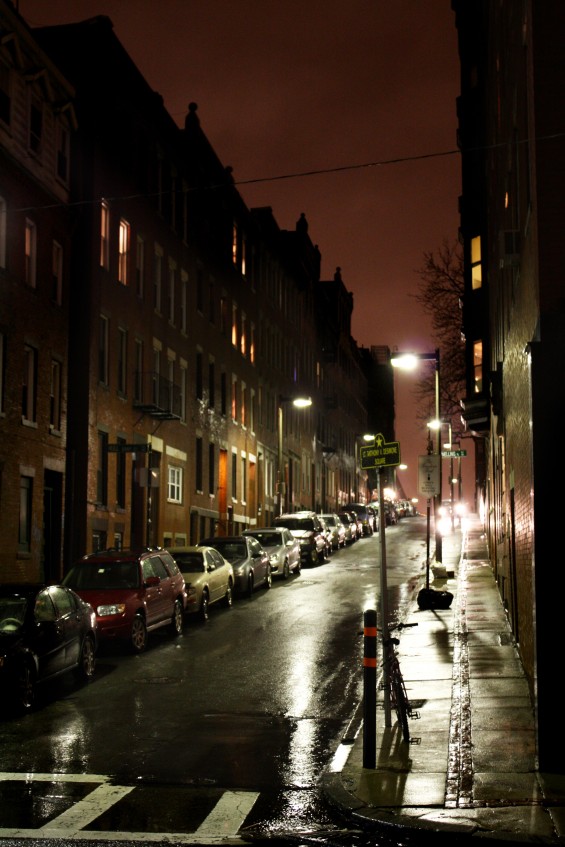
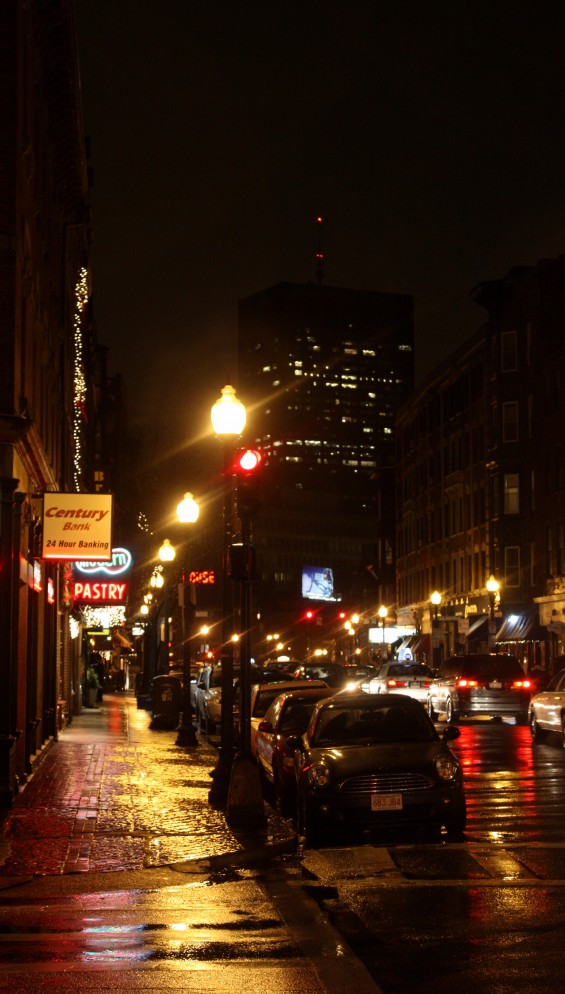

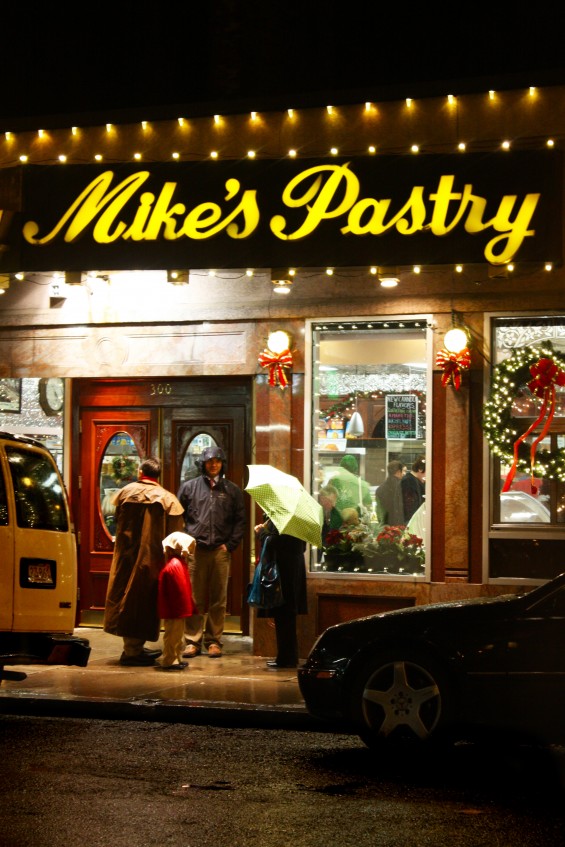
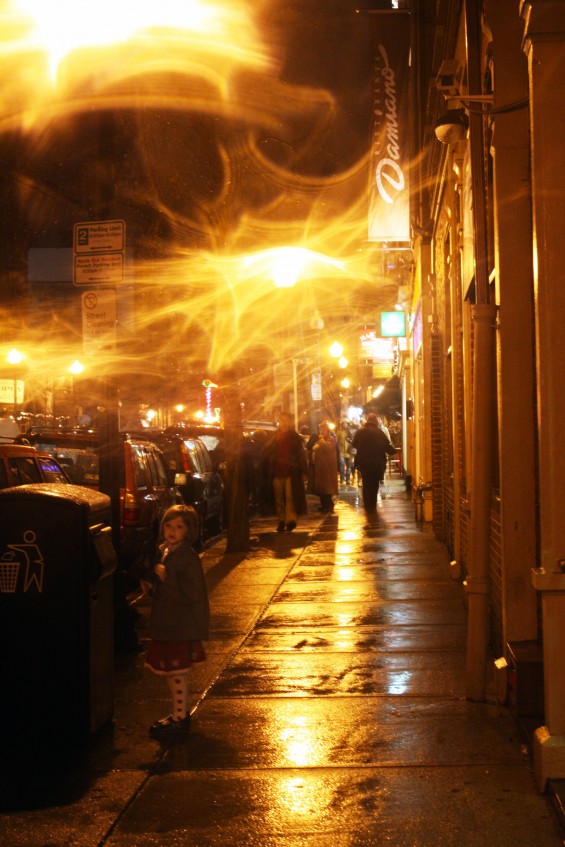
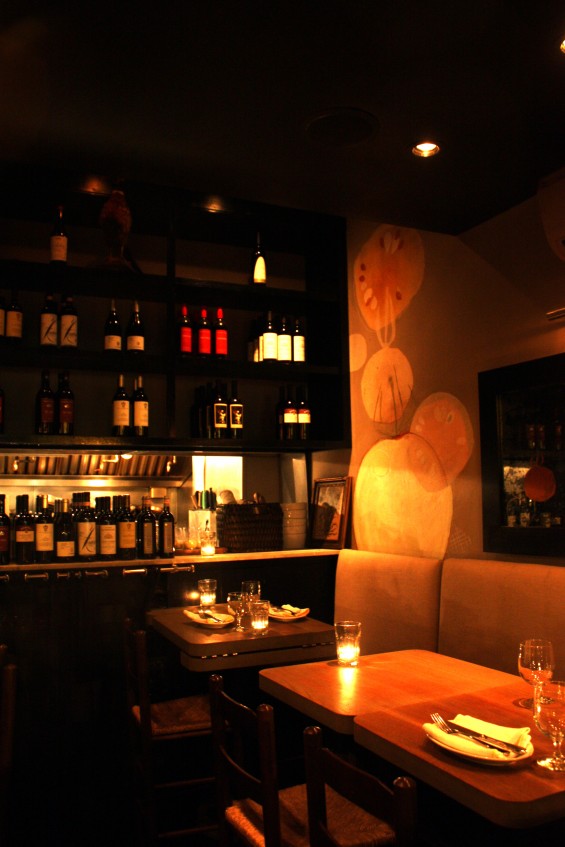
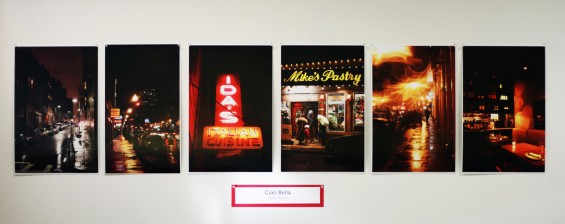







:rotate(0)/p39f1jed4mgd288myquiu5yecweg)
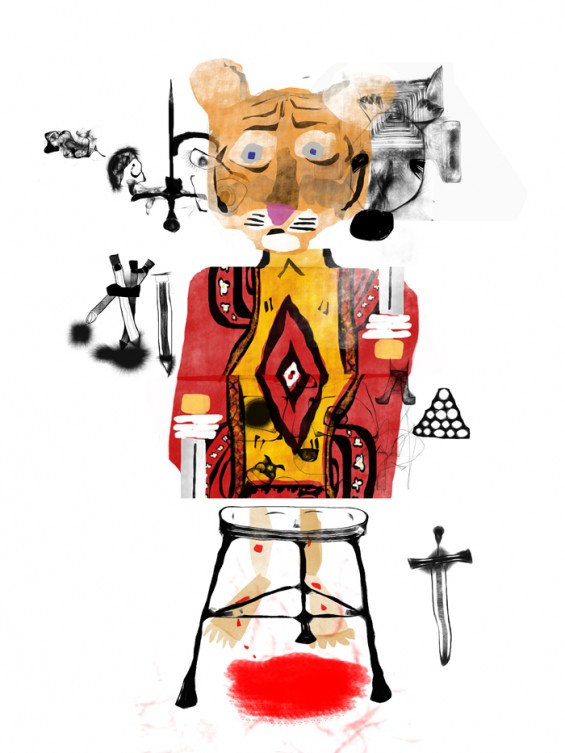

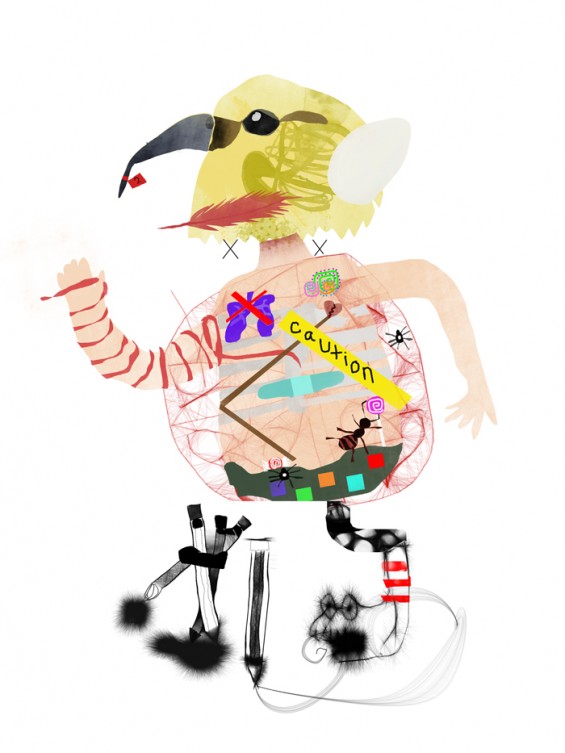
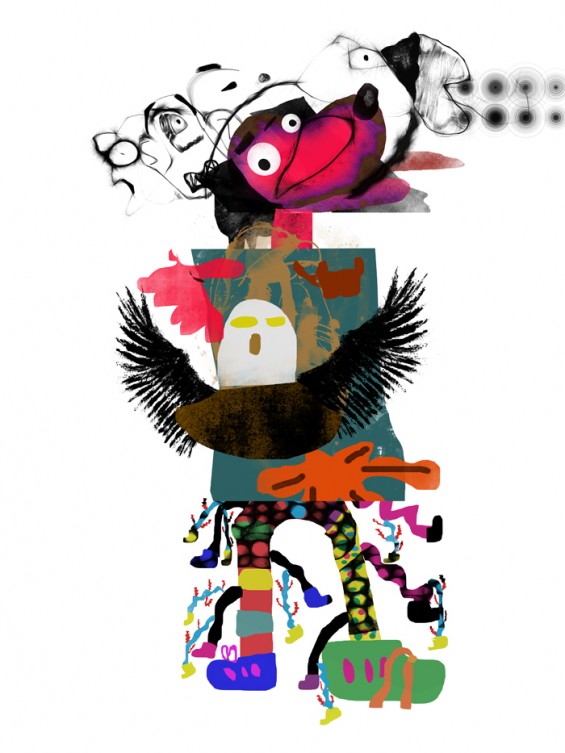
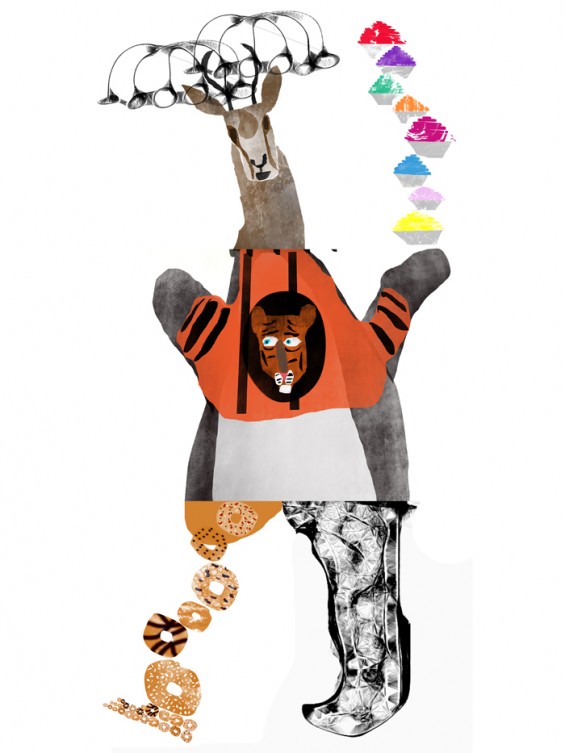
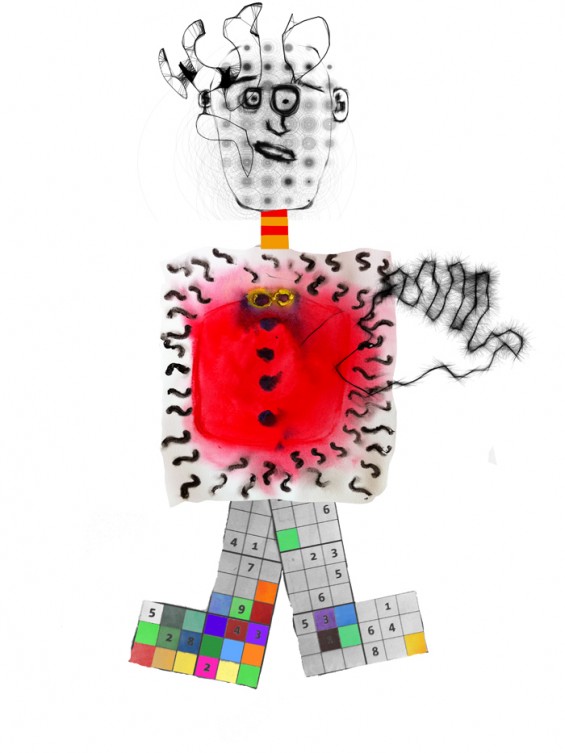
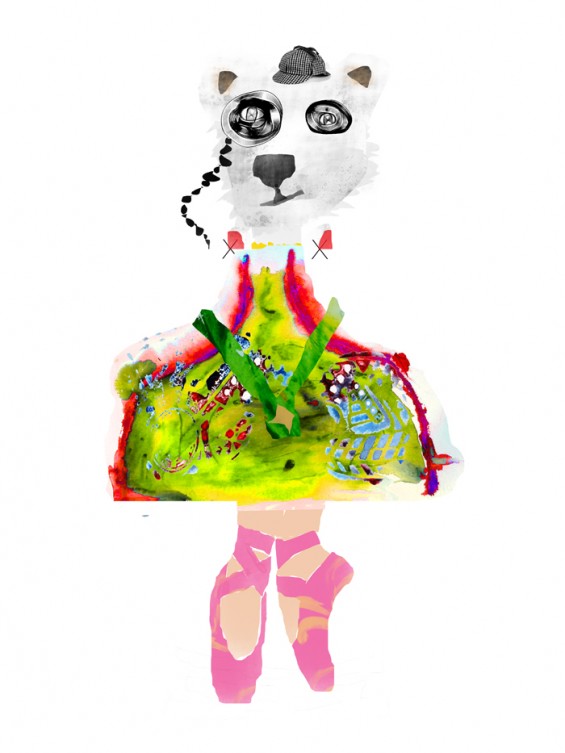
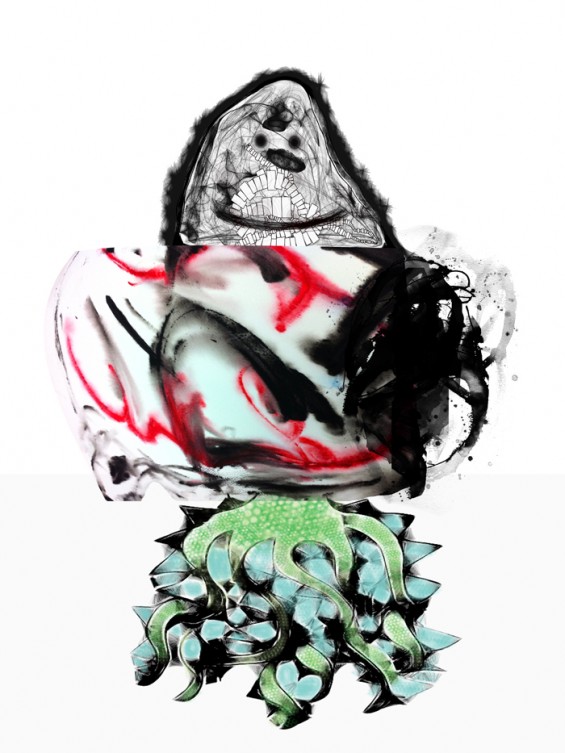
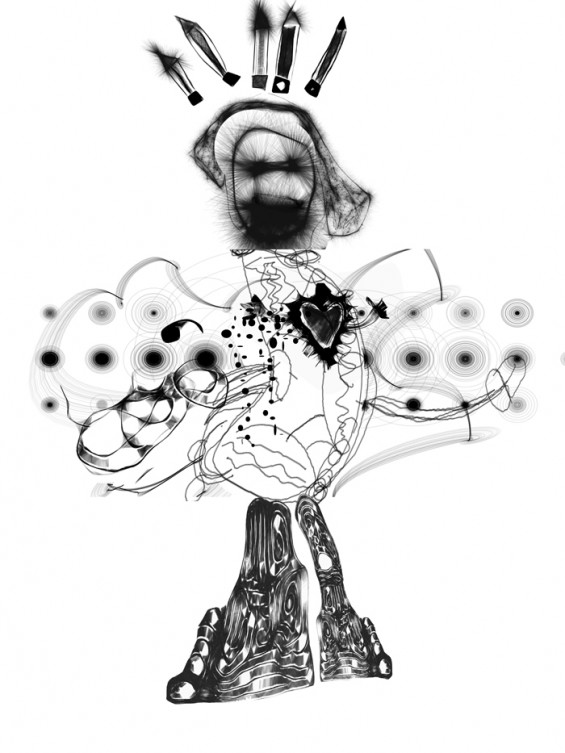
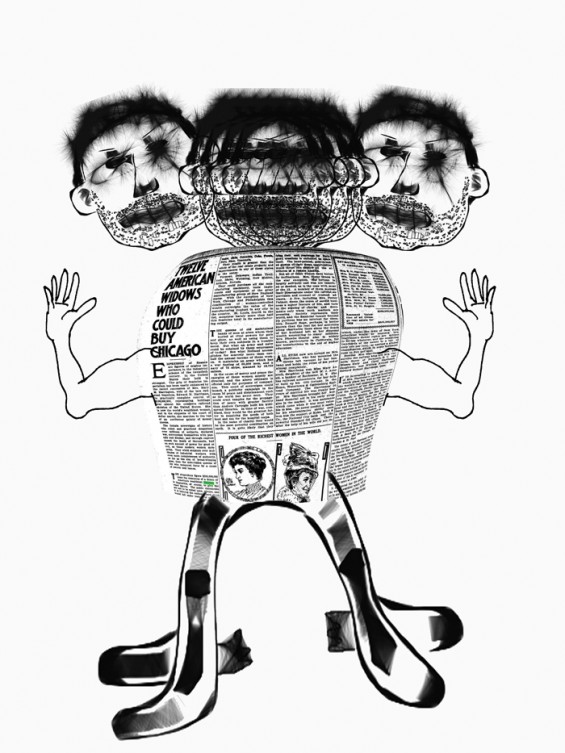
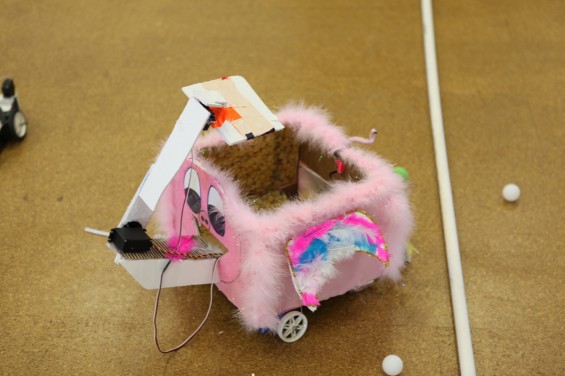
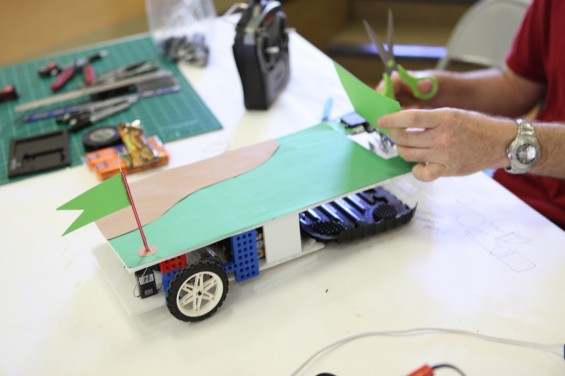

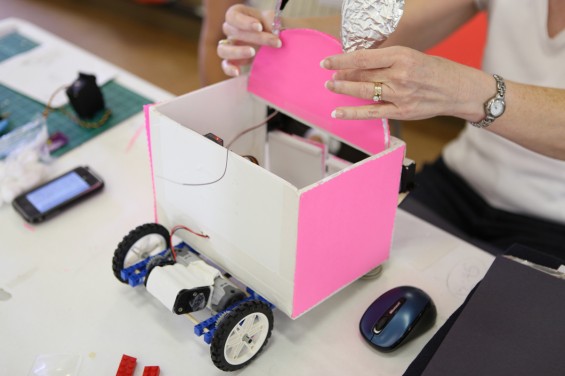
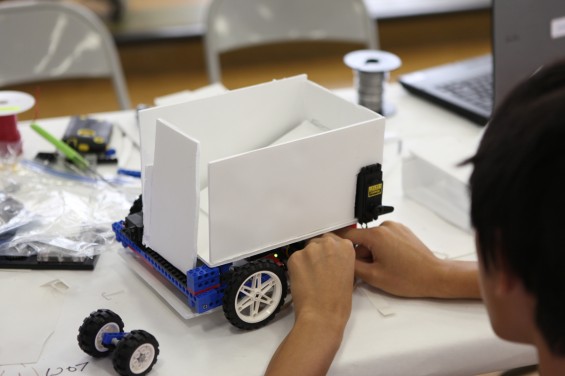
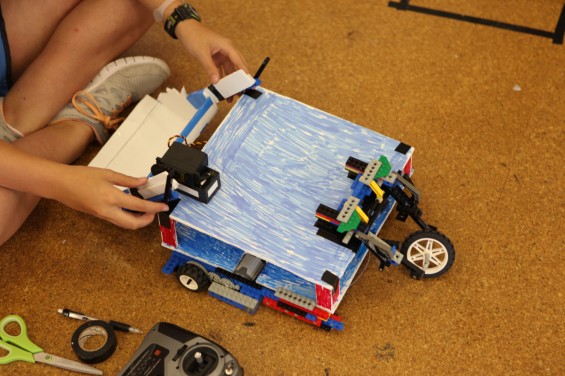
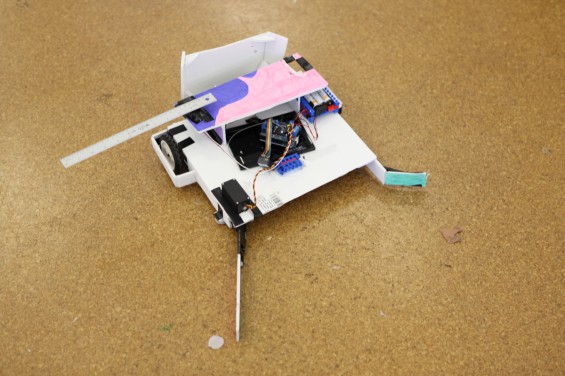
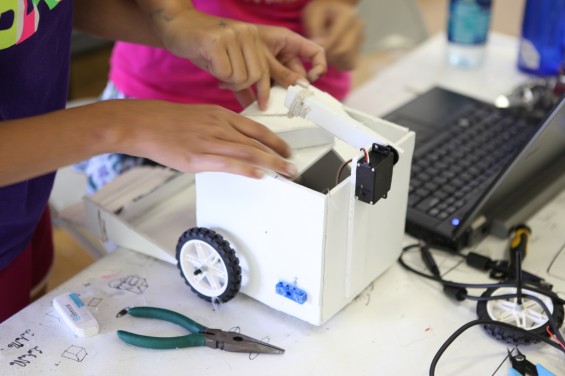
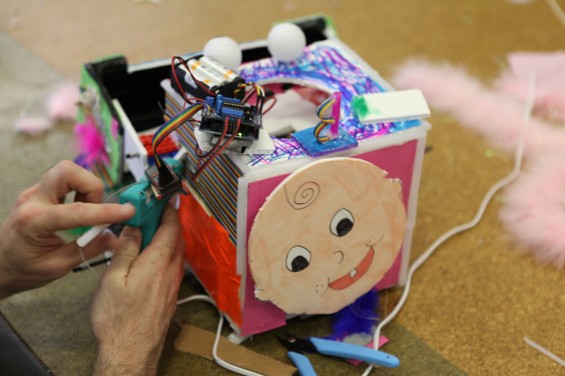

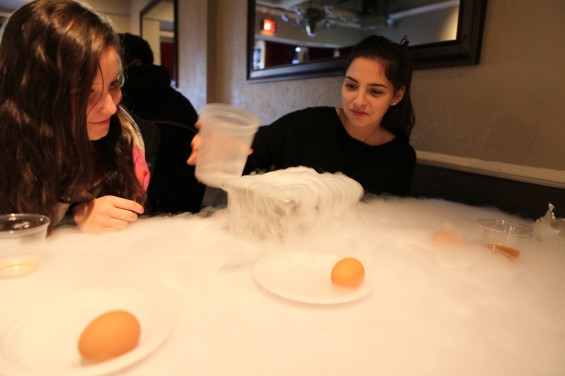
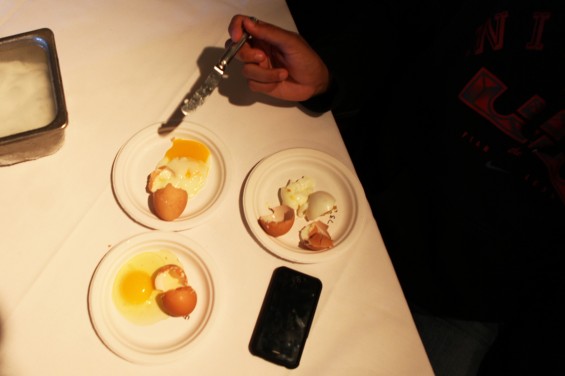
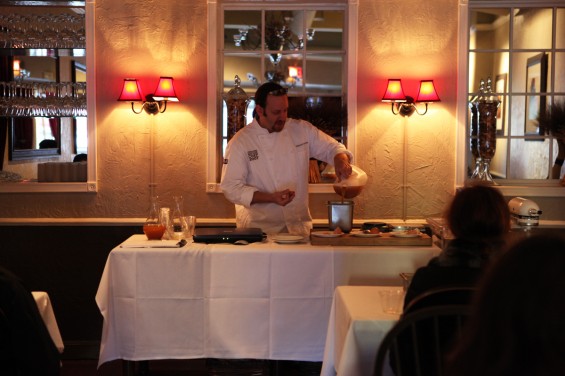
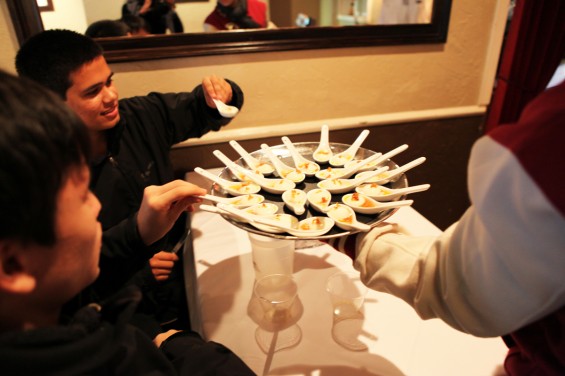
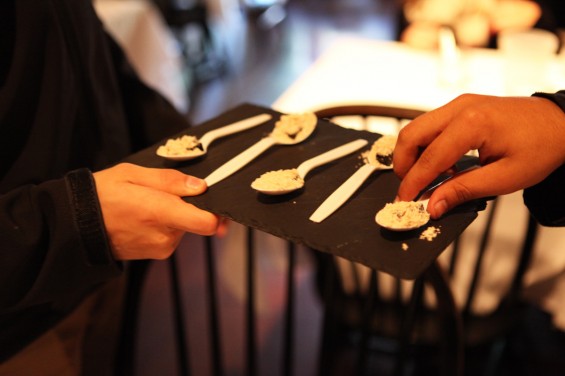
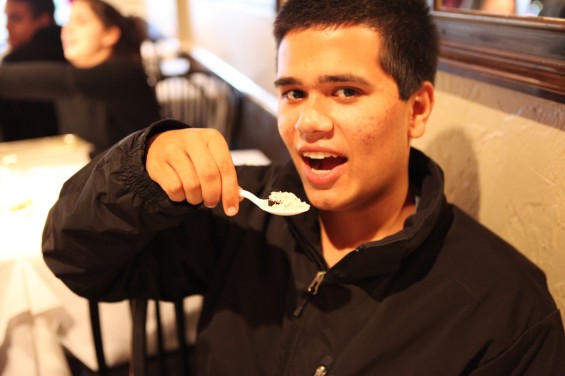
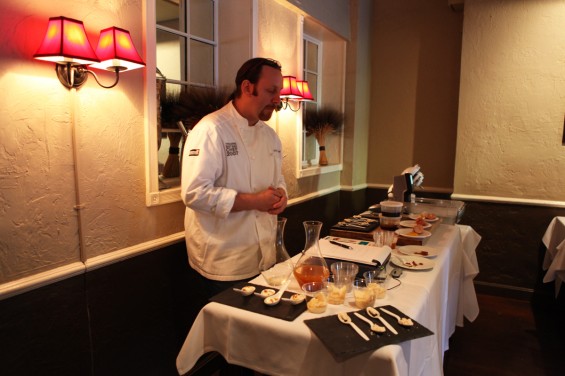
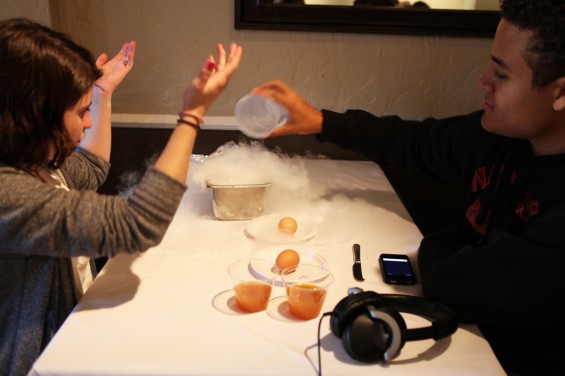
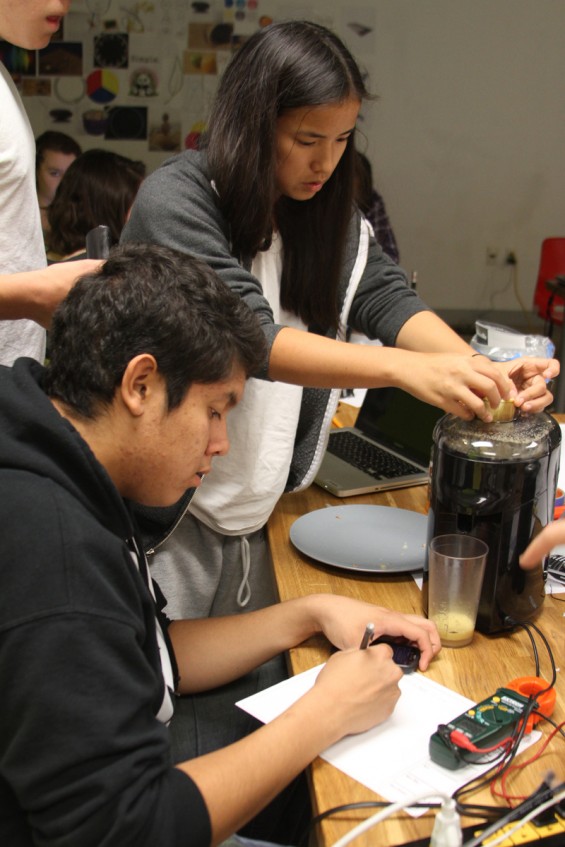
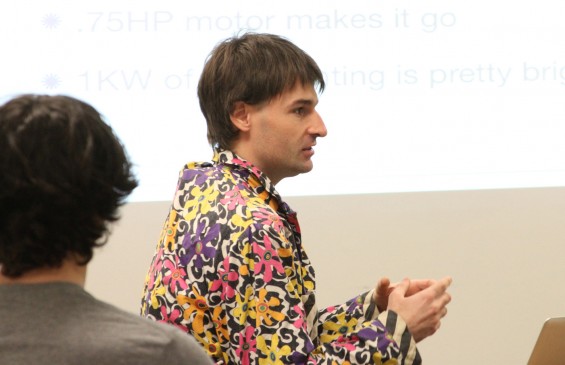
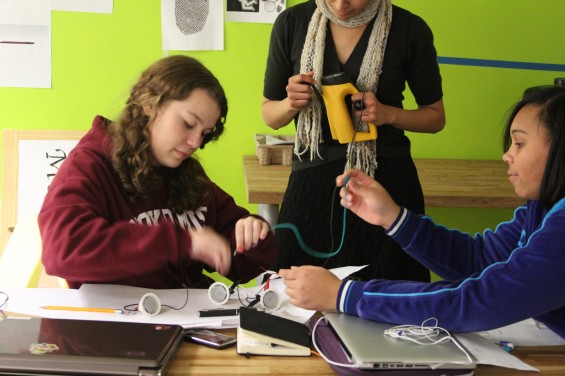
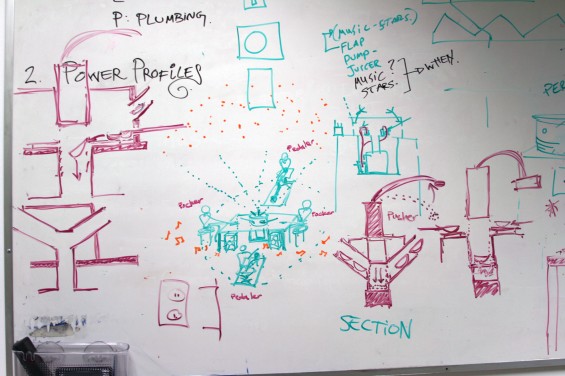
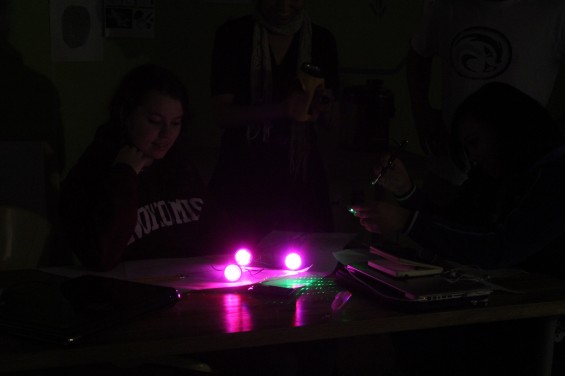
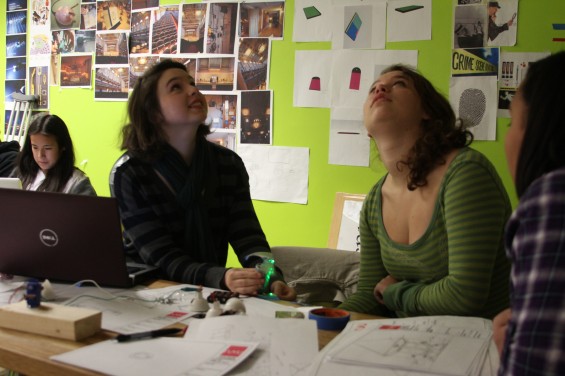
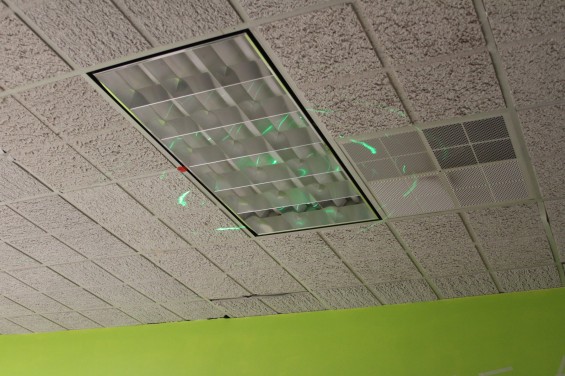
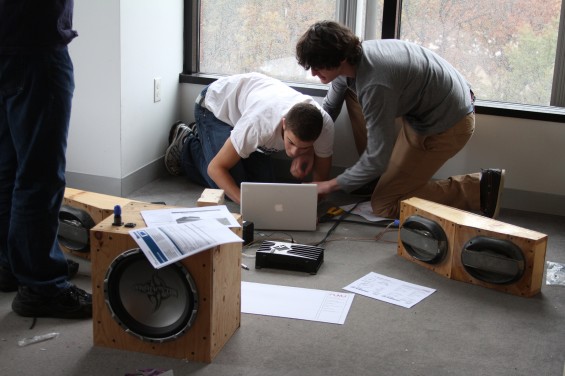
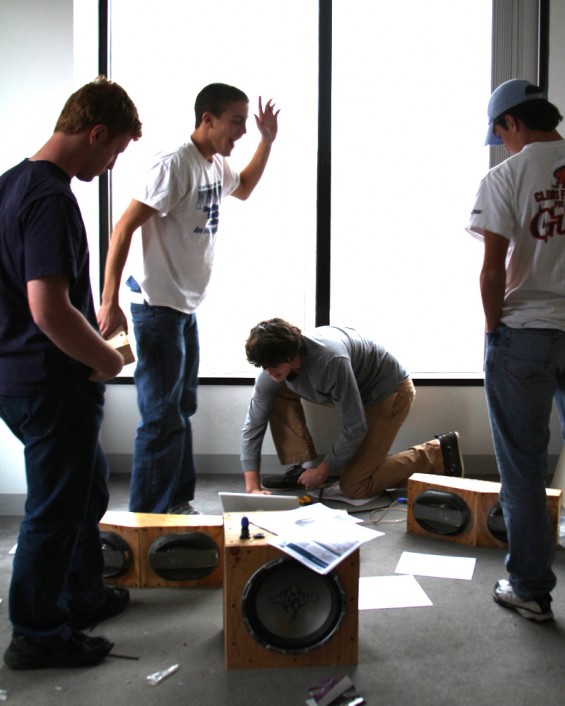

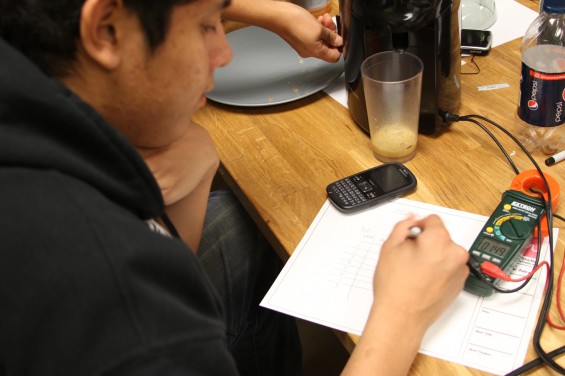
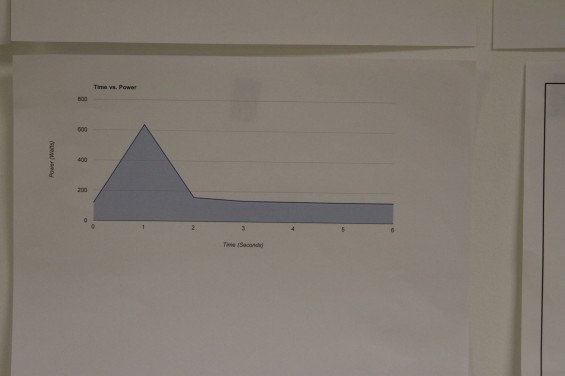
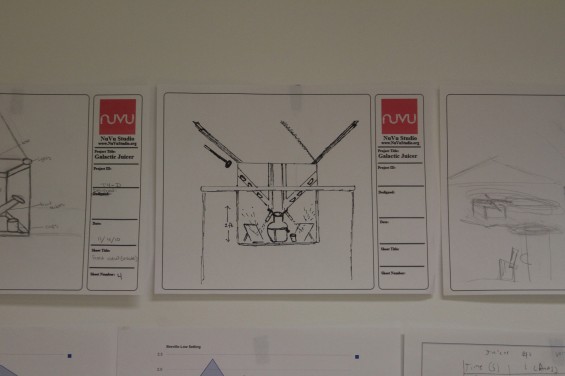
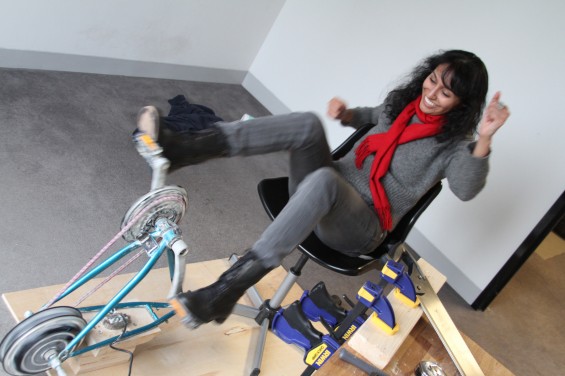
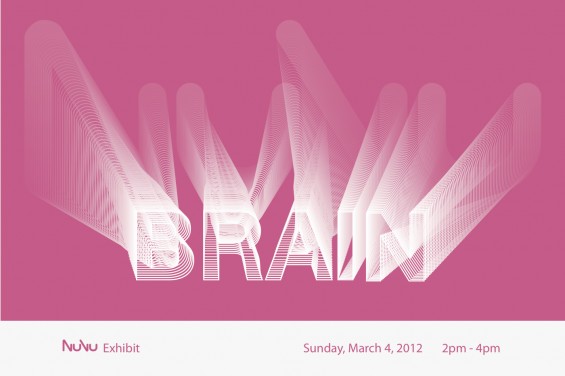
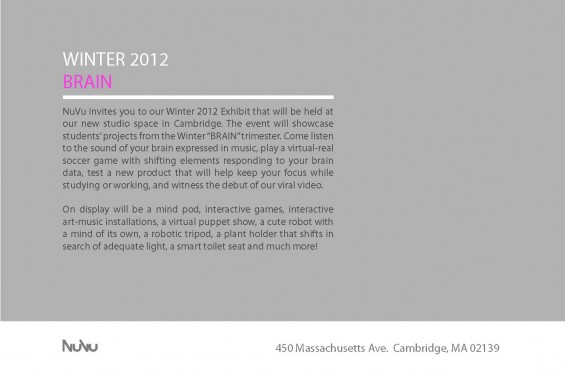
 The NuVu GELI Crew named their project DONUTS: Development Organization for Networked Utility Transformation Systems. They have carefully right-sized all components of their Energy Computer platform from knowledge gathered by Leo Rossi from
The NuVu GELI Crew named their project DONUTS: Development Organization for Networked Utility Transformation Systems. They have carefully right-sized all components of their Energy Computer platform from knowledge gathered by Leo Rossi from  The NuVu GELI DONUTS Crew also took suggestions from Miguel Granier of
The NuVu GELI DONUTS Crew also took suggestions from Miguel Granier of  The NuVu GELI DONUTS Crew has developed a model to bridge the charitable and sustainable methods of deploying renewable energy systems by designing the Social Energy Network to provide communications between local systems and to the World. The software allows system health monitoring so systems are not abandoned if they start to degrade and provides a platform for education, small businesses and energy sharing/exchange. The DONUTS model allows initial systems (Phase 1) to be given charitably to provide basic living functions such as lighting, TV, radio and cell phone charging. The Phase 1 DONUTS systems can also be the initial framework for a small business such as cell phone charging and any business that can be operated by the Internet. Invested Development has observed once basic electrical necessities are delivered that the operators of the energy systems want more functionality to further bring them out of poverty. In the NuVu GELI DONUTS business model, the additional accessories and energy generating capacity can be financed progressively for a portion of the extra income generated by the systems.
The NuVu GELI DONUTS Crew has developed a model to bridge the charitable and sustainable methods of deploying renewable energy systems by designing the Social Energy Network to provide communications between local systems and to the World. The software allows system health monitoring so systems are not abandoned if they start to degrade and provides a platform for education, small businesses and energy sharing/exchange. The DONUTS model allows initial systems (Phase 1) to be given charitably to provide basic living functions such as lighting, TV, radio and cell phone charging. The Phase 1 DONUTS systems can also be the initial framework for a small business such as cell phone charging and any business that can be operated by the Internet. Invested Development has observed once basic electrical necessities are delivered that the operators of the energy systems want more functionality to further bring them out of poverty. In the NuVu GELI DONUTS business model, the additional accessories and energy generating capacity can be financed progressively for a portion of the extra income generated by the systems.  The nine students have gone through Energy Awareness training where they deeply came to understand the difference between electrical power, which is instantaneous, and electrical energy, which is power for a duration of time. They have compiled an Energy-Economic Energy Computer sizing tool that asks what a person wants to do (which defines the necessary power) and how long they want to do it (which defines the necessary energy and energy storage).
The nine students have gone through Energy Awareness training where they deeply came to understand the difference between electrical power, which is instantaneous, and electrical energy, which is power for a duration of time. They have compiled an Energy-Economic Energy Computer sizing tool that asks what a person wants to do (which defines the necessary power) and how long they want to do it (which defines the necessary energy and energy storage).  At the current moment the NuVu GELI DONUTS Crew are finishing up the construction of the initial Phase 1 Energy Computer system. They have assembled 12V solar panels from solar modules and have an economic analysis for each of the Phases of system deployment. The DONUTS Crew has determined the current material cost for 21 Phase 1 Systems for Cerro Segovia village in El Salvador $16,050.51. The NuVu GELI DONUTS Crew are be applying for a $10k Lemelson Award and talking to businesses including Apple, Google, FedEx, Amazon and Claro (El Slavadorian cell phone service providing 3G in the area) to support the development of new small businesses through the deployment of Energy Computer systems utilizing the Social Energy Network to empower individuals and lift them out of poverty with a balanced charitable and sustainable business model. Dr. Ryan Wartena April 21, 2011
At the current moment the NuVu GELI DONUTS Crew are finishing up the construction of the initial Phase 1 Energy Computer system. They have assembled 12V solar panels from solar modules and have an economic analysis for each of the Phases of system deployment. The DONUTS Crew has determined the current material cost for 21 Phase 1 Systems for Cerro Segovia village in El Salvador $16,050.51. The NuVu GELI DONUTS Crew are be applying for a $10k Lemelson Award and talking to businesses including Apple, Google, FedEx, Amazon and Claro (El Slavadorian cell phone service providing 3G in the area) to support the development of new small businesses through the deployment of Energy Computer systems utilizing the Social Energy Network to empower individuals and lift them out of poverty with a balanced charitable and sustainable business model. Dr. Ryan Wartena April 21, 2011